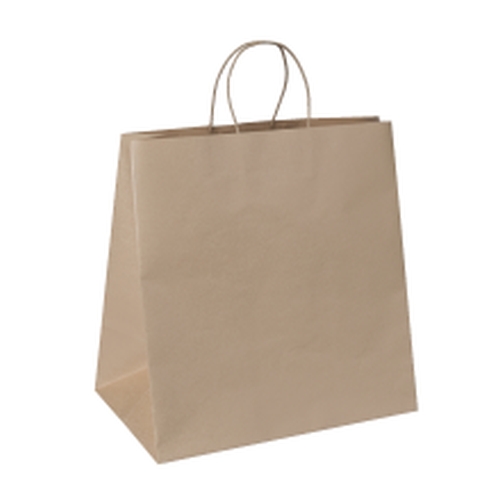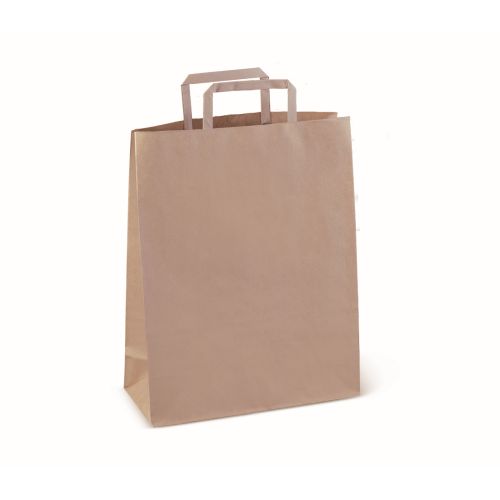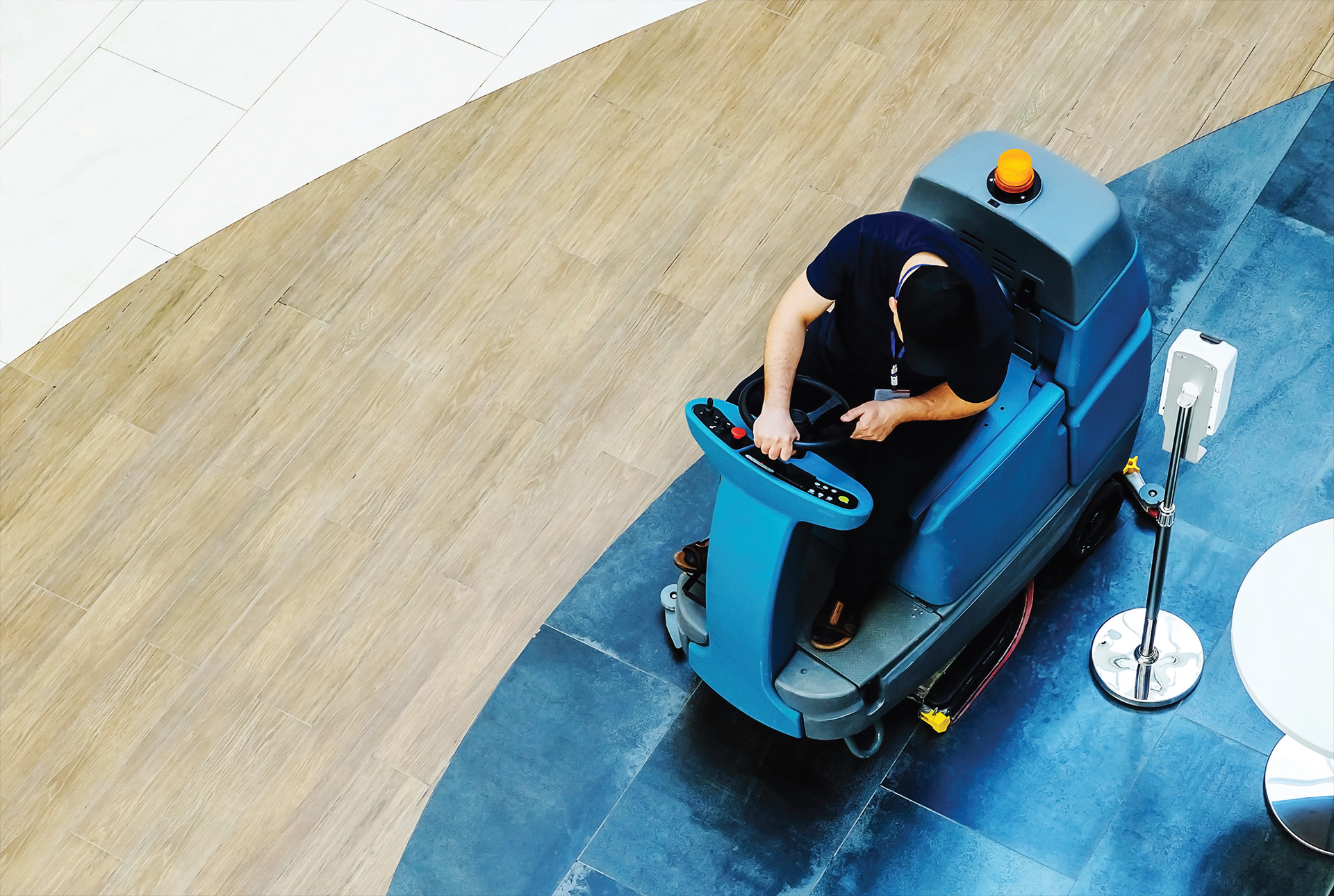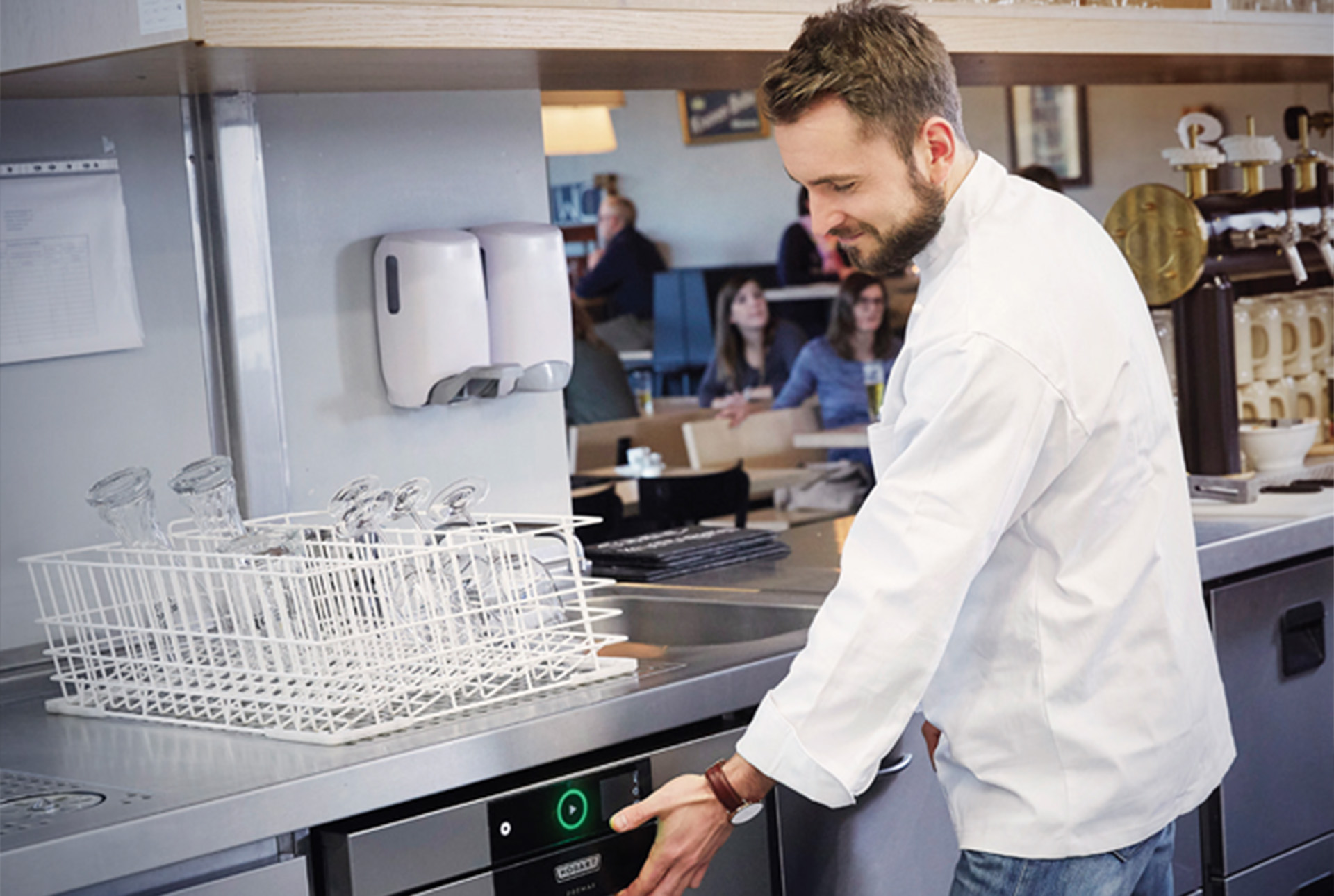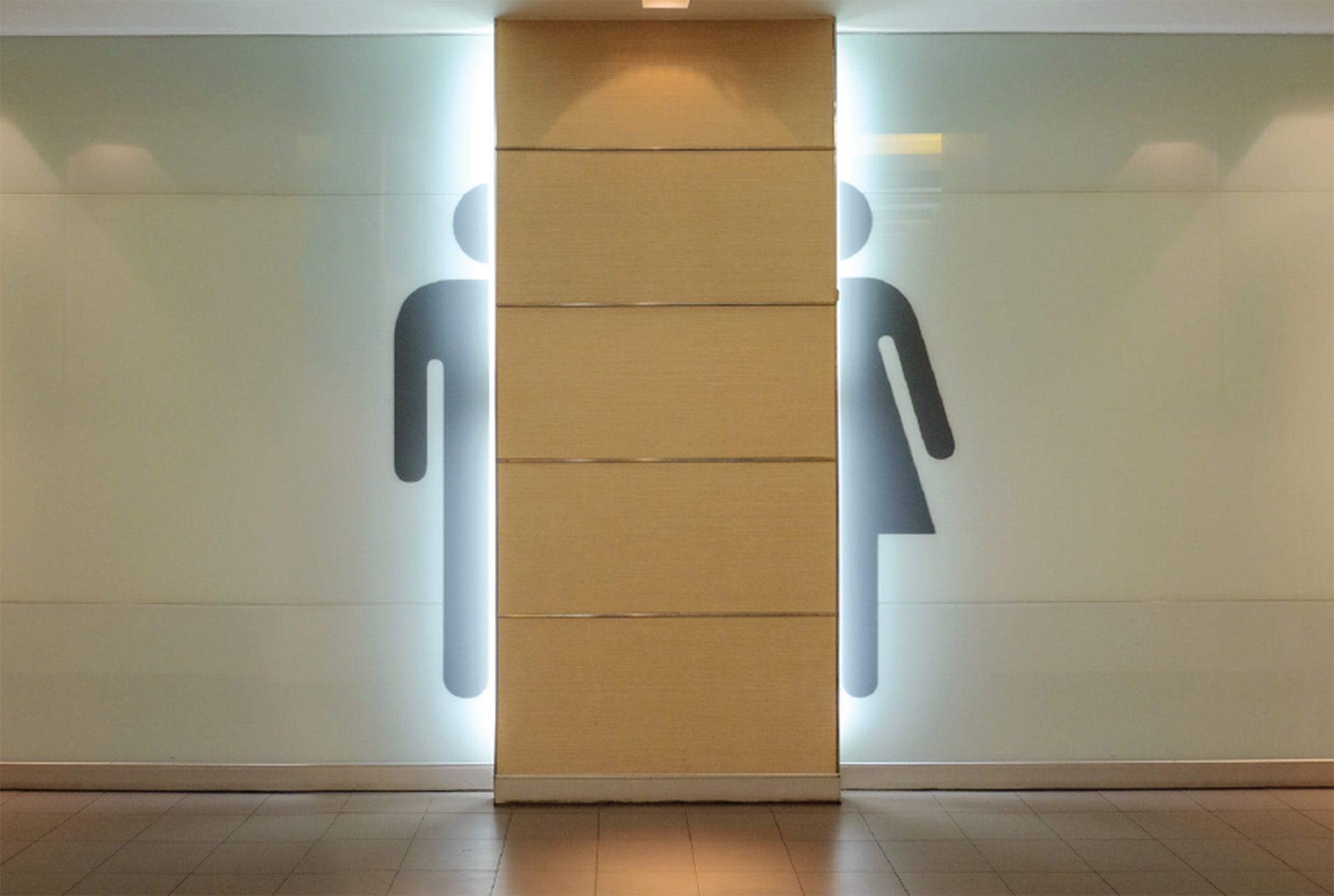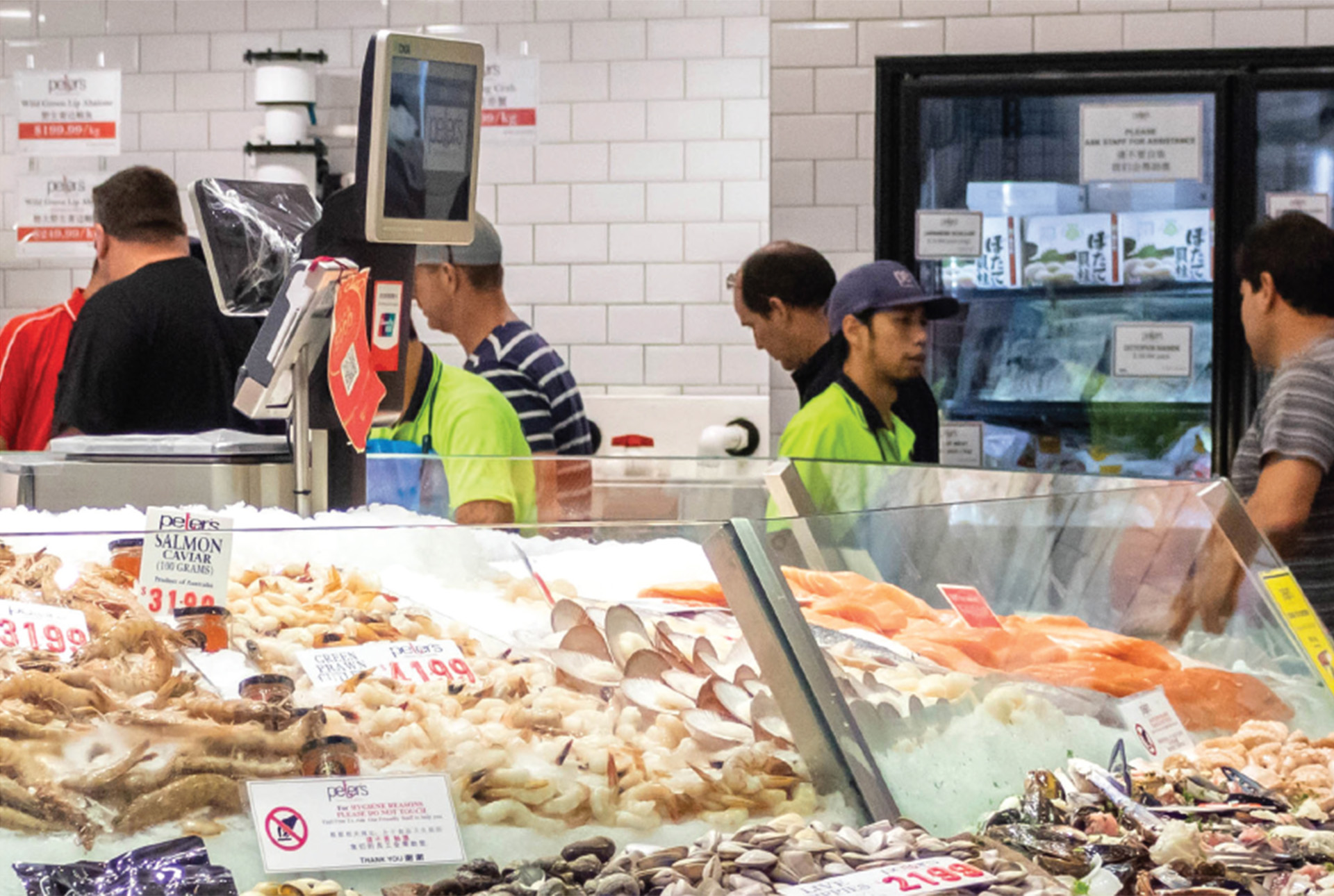The 1960s and ’70s will forever be remembered as a time of momentous societal change. But it was a relatively small change – an innovation designed to make the lives of consumers easier – that had arguably one of the furthest reaching impacts.
In 1965, Swedish company Celloplast patented the first one-piece polyethylene shopping bag, with a design that has remained much the same since. By the end of the next decade, these shopping bags had spread all over the world, including Australia and New Zealand, replacing at a stroke the traditional brown paper grocery bags that had been used since the turn of the 20th century.
Fast forward another 40 years and, in light of the oversized impact single-use plastic bags have had on the environment, major supermarkets have since called time on distributing them. But with consumer demand still high for shopping bags, stores have performed a remarkable U-turn and returned to the receptacle that had given way to plastic all those years before: the brown paper bag.
It marks another fascinating point in the history of these simple-looking items, which primarily originated in the US in the mid-19th century. Recognising their capacity to convey numerous items, an American priest named Francis Wolle invented the first machine to mass-produce paper bags, though Wolle’s versions were more akin to large envelopes as opposed to the carriers we know and recognise today.
Because of this, they were not especially practical; a point noted by female inventor Margaret E. Knight. With great difficulty, owing to her status as a woman in male-dominated society in the 19th century, she patented a machine to produce far more effective square-bottomed bags in the 1870s. Soon, these bags were being used for grocery shopping by consumers across the US, but it would take one more improvement before they would assume the shape we are most familiar with today.
This was down to another American, Charles Stillwell, who added side pleats to the bag in the early 1900s, making them easier to fold and store. This design quickly became known as an SOS – or a self-opening sack – and was soon the most common variety of paper bag, eventually spreading throughout the world.
With this spread came improvements in how to strengthen the bags, with the dominant material for most of their history being Kraft paper: a material created, just as with standard paper, when wood chips undergo a particular chemical process that turns them into pulp. The composition of the resulting material, and the fact that it’s not bleached like other forms of paper, render it stronger and more durable.
Now, with many paper bags rightfully being produced using Forest Stewardship Council certified renewable sources (an international non governmental organisation dedicated to promoting responsible management of the world’s forests), they can also be reused, recycled and composted – making them the perfect century-old solution to a modern-day problem.


